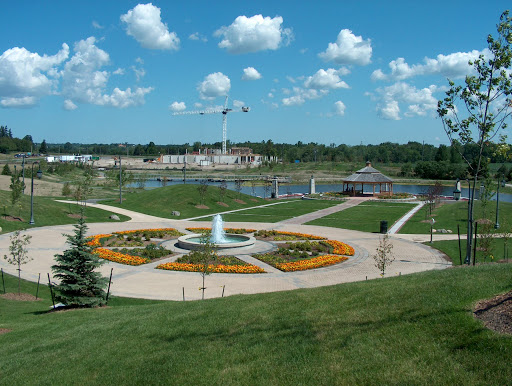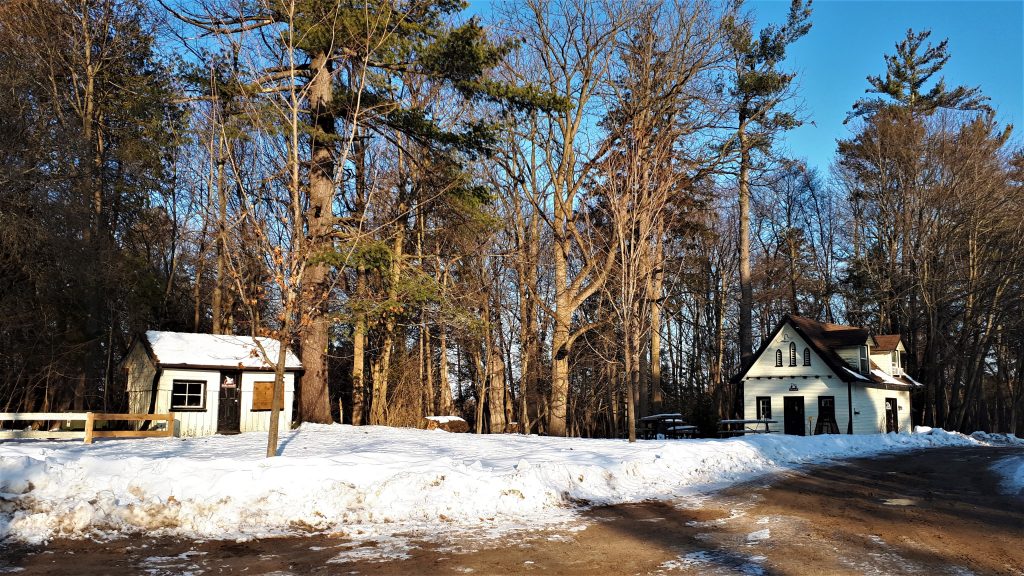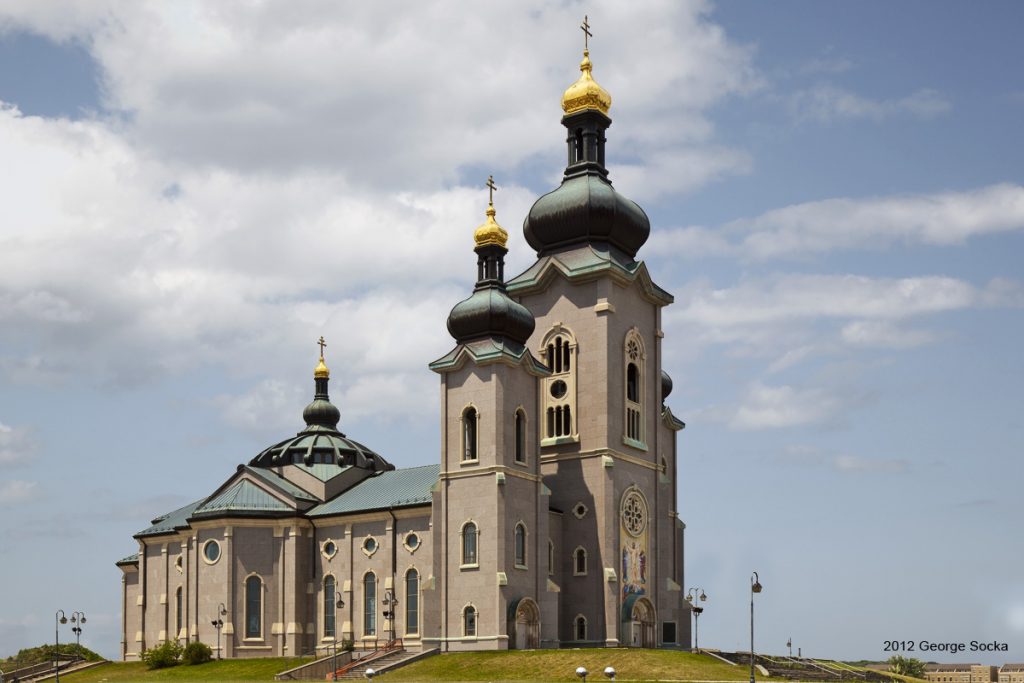Popular Places in Richmond Hill, ON
Yonge Street
Yonge Street is a major arterial route in the Canadian province of Ontario connecting the shores of Lake Ontario in Toronto to Lake Simcoe, a gateway to the Upper Great Lakes. Until 1999, the Guinness Book of World Records repeated the popular misconception it was 1,896 km long, making it the longest street in the world; this was due to a conflation of Yonge Street with the rest of Ontario’s Highway 11. Yonge Street is only 56 kilometres long. The construction of Yonge Street is designated as an Event of National Historic Significance in Canada. Yonge Street was integral to the original planning and settlement of western Upper Canada in the 1790s, forming the basis of the concession roads in Ontario today. Once the southernmost leg of Highway 11, linking the provincial capital with northern Ontario, Yonge Street has been referred to as “Main Street Ontario”. Today, no section of Yonge Street is marked as a provincial highway. Ontario’s first colonial administrator, John Graves Simcoe, named the street for his friend Sir George Yonge, an expert on ancient Roman roads.


Richmond Green Sports Centre and Park
Richmond Green, also known as the Richmond Green Sports Centre and Park is a city-owned and operated facility in Richmond Hill, Ontario, Canada. It is located on 102 acres of land on the northwest corner of Leslie Street and Elgin Mills Road. Next to Richmond Green to its north is Richmond Green Secondary School and Richmond Green Public Library.
Richmond Hill David Dunlap Observatory
The David Dunlap Observatory is an astronomical observatory site just north of Toronto, in Richmond Hill, Ontario. Formerly owned and operated by the University of Toronto, from its establishment in 1935 until 2008; the observatory is now owned and operated by the City of Richmond Hill providing a combination of heritage preservation, unique recreation opportunities and a celebration of the astronomical history of the site. Its primary instrument is a 74-inch reflector telescope, at one time the second-largest telescope in the world, and still the largest in Canada. Several other telescopes are also located at the site, which formerly also included a small radio telescope. The scientific legacy of the David Dunlap Observatory continues in the Dunlap Institute for Astronomy & Astrophysics, a research institute at the University of Toronto established in 2008. The DDO is the site of a number of important scientific studies, including pioneering measurements of the distance to globular clusters, providing the first direct evidence that Cygnus X-1 was a black hole, and the discovery that Polaris was stabilizing and appeared to be “falling out” of the Cepheid variable category.


Lake St. George
Lake St. George is a kettle lake in Richmond Hill, Ontario and now located in the conservation area managed by the Toronto Region Conservation Authority. The lake is named for Henri St. George, French-born son of French Royalist, and one-time settler in Upper Canada Quetton St. George. Henri St. George settled in Upper Canada in 1847 and established his Glen Lonely estate in Richmond Hill, which contained the lake that bears his name.
Cathedral of the Transfiguration
The Cathedral of the Transfiguration is a Catholic-Byzantine-rite house of worship named in honour of the Transfiguration of Jesus Christ. The cathedral, in the Canadian city of Markham just north of Toronto, is the centrepiece near Victoria Square, an unincorporated hamlet.



